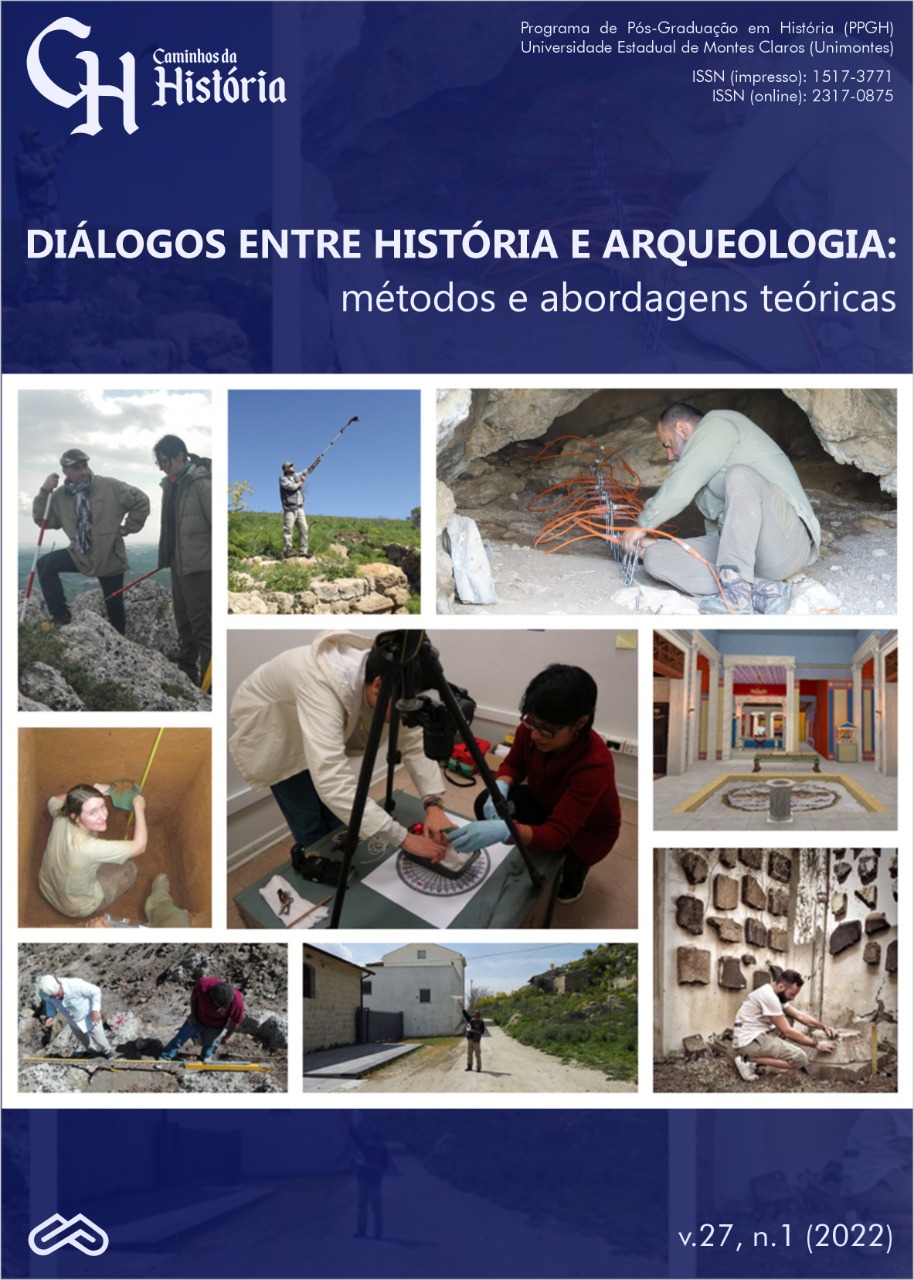Archeology and separatism: the case of Val Camônica (Lombardy, Italy)
Archeology and separatism: the case of Val Camônica (Lombardy, Italy)
DOI:
10.46551/issn.2317-0875v27n1p.96-115Keywords:
European prehistory, Rock-art, Val Camonica, Archaeology and Identities, Archaeology and politicsAbstract
In Val Camônica (Brescia, Italy) there is the largest archaeological site of rock-art in Europe and its investigation began in the first half of the 20th century. Since then, the area has become increasingly important for the study of (so-called) prehistoric Europe and has played a highly representative role in the search for the ancient roots of the valley communities and, more generally, of northern Italy itself. In the late 1980s, the Lega Nord party (today the Lega party) was created, promoting the institution of an independent state called Padania. From that moment on, the themes of rock engravings were adopted, used and abused to disseminate ideologies and justify political intentions. The present text aims to briefly illustrate the dynamics behind the civil and political movement of the then Lega Nord and use of archaeology by institutions to forge the path towards the formation of a common European identity based on the history of Lombardy.
Downloads
References
ANATI, Emmanuel. La civiltà delle pietre. Valcamonica, una storia per l’Europa. Edizioni del Centro: Capo di Ponte, 2008.
ANATI, Emmanuel. Cronologia dell’arte rupestre dela Valcamonica. Centro Camuno di Studi Preistorici, 2004. Texto disponível em: http://www.ccsp.it/web/VALCAMONICA/cronologia%20IT.html#protocamuno Acesso em: 23/11/2021.
ARNOLD, Bettina. The Past as Propaganda: Totalitarian Archaeology in Nazi German. Antiquity, n. 64, p. 464-478, 1990.
BIAZI, Chiara Antonia Sofia Mafrica. A “nação” veneta no direito internacional contemporâneo: análise dos argumentos jurídicos de um discurso separatista à luz da teoria do princípio da nacionalidade de Pasquale Stanislao Mancini. Tese (Doutorado em Direito) – Programa de Pós-Graduação em Direito, Universidade Federal de Santa Catarina. Florianópolis, 2019. Disponível em: https://repositorio.ufsc.br/handle/123456789/215090. Acesso em: 23/11/2021.
CORTI, Michele. Riflessioni sulla matrice alpina dell'identità etnica lombarda. Quaderni Padani, n. 1, p. 8-16, 1995.
DESCOLA, Philippe. La selva culta. Simbolismo y praxis en la ecologia de los Achuar. Tradução por: Juan Carrera Colin e Xavier Catta Quelen. Colección Pueblos del Ecuador, n. 3. Ediciones Abya-Yala: s.l. 1996.
DIAZ-ANDREU, Margarita. Nacionalismo e Arqueologia: O contexto político da nossa disciplina. Revista Aulas, Dossiê Identidades Nacionais, n. 2, outubro/novembro 2006, p. 1-42, 2006. Disponível em: https://www.unicamp.br/~aulas/revista_aulas/identidadenacional/identidadesnacionais.htm: Acesso em: 20/10/2021
DIETLER, M. The Archaeology of Colonization and the Colonization of Archaeology: Theoretical Challenges from the Ancient Mediterranean Encounter. In: STEIN, Gil J. (Ed.). The Archaeology of Colonial Encounters: Comparatives Perspectives. Santa Fé: School of American Research Press, 2005, p. 33-68.
INGOLD, Tim. Two reflections on Ecological Knowledge. In: SANGA, Glauco; ORTALLI, Gherrdo (Eds.). Nature Knowledge. Ethnoscience, Congnition and Utility. Berghahn: New York, 2004, p. 301-311.
LIMA, Tania Andrade. A Arqueologia na construção da identidade nacional: uma disciplina no fio da navalha. Canindé, Revista do Museu de Arqueologia de Xingô, n. 10, p. 11-26, 2007. Disponível em: https://leiaufsc.files.wordpress.com/2015/03/lima-arqueologia-identidade-nacional.pdf. Acesso em: 20/10/2021
OLIVER, Jeff. Landscape and Social Transformations on the Northwest Coast. Colonial Encounters in the Fraser Valley. Tucson: The University of Arizona Press, 2010.
OLIVEIRA, Jorges de Eremites; PEREIRA Levi Marques. Ñande Ru Marangatu: laudo antropológico e histórico sobre uma terra Kaiowa na fronteira do Brasil com Paraguai. Editora UFGD: Dourados – MS, 2009.
ONETO, Gilberto. Il “Sole delle Alpi”, simbolo Padano. Quaderni Padani, n. 1, p. 3-6, 1995. Texto disponível em: http://www.allaricercadelsole.com/oneto.htm. acesso em: 23/11/2021.
ROMEO, Carlo. Prima gli Italiani? La comunicazione politica della Lega di Salvini. 2018/2019. Tese de Laurea em Sociologia da Comunicação. Alma Mater Studiorum, Università di Bologna. Bologna, 2019. Disponível em: https://www.researchgate.net/publication/344398551_Prima_gli_italiani_-_La_comunicazione_politica_della_Lega_di_Salvini. Acesso em: 23/11/2021.
TIZIAN, Giovanni. Neppure Salvini crede più all’invasione dei migranti. Domani, 01 set. 2021. Disponível em: https://www.editorialedomani.it/politica/salvini-invasione-migranti-comunicazione-social-hdcgznt4. Acesso em: 30/11/2021.
TRECCANI. Vocabolario on-line. Disponível em: http://www.treccani.it/vocabolario/. Acesso em: 23/11/2021.




















